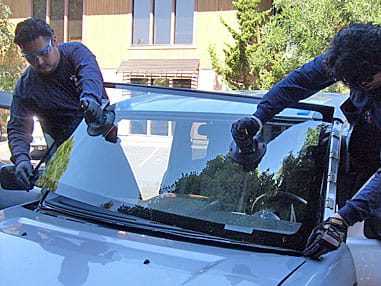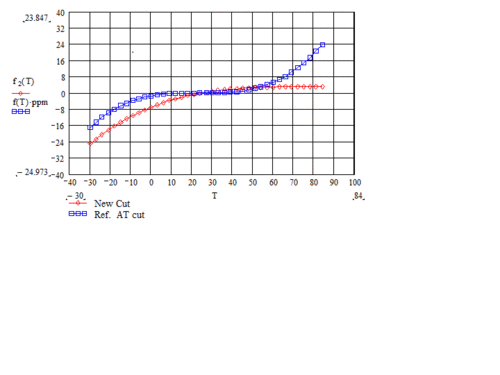2011
Electronics
Evolutive Software Design Paradigm (ESDP) is a paradigm of software creation backed up by the Artificial Intelligence field. What is it about this idea? It is simple, software that is capable to learn with user's experience using it ("learn" as in enhancing functions by itself, or even create new ones).
The Finite-Difference Time-Domain (FDTD) method is currently a popular method of performing electromagnetic computation. The FDTD algorithm's relative simplicity and versatility make it a useful tool for simulation, but the benefits are partially offset by the memory and computational power demands. These demands limit the algorithm's practical usability, and are usually implemented on high performance workstations.
We must remove some of the circuits in the Television, the power supply, tuner, audio, speakers, input/output components, and the IR receiver. It is no longer a TV, it is a display device. Now we will build the basic tower. It will be approximately 8 inches deep and 8 inches wide.
Many of today micro-controllers circuit were developed for battery operation.
It is a hard task to debug the product for power consumption.
My idea is to develop a low cost power debugger - an electronic measuring system (software & hardware),
My main aim was to have a project that has an equal involvement of hardware and software. Also we decided to take up a project that is visually appealing and ended up concentrating on the latest display technologies. Finally we decided to do the project on persistence of vision (POV) displays.
Almost all communication systems become inoperable during and after natural calamities like earthquakes, floods, tsunamis, cyclones etc. Often it takes months to at least restore a fraction of it. If they are restored as soon as possible many lives can be saved and losses reduced. In the present scenario,
Hologram Phone (HPhone) is a communication device that projects real-time 3-D images between users.
Overview:
The HPhone utilizes advanced laser and satellite technologies which results in an exciting future of futuristic telecommunications. "Live," absolutely precise, three-dimensional 3-D images of users are move and react with one another.
Robotic vision has been forecast for decades, but in reality machine vision does not yet work very well. I suggest using a new approach to image analysis, similar to what evolution has done for mammals. If machines and robots could see the way mammals do, then it would be much safer to work with them,
Typical temperature compensation techniques for wireless communications add ~$1 per oscillator, reduces battery life and reliability. Based on current experiments and patents granted, we can establish tighter frequency control while removing the added cost and complexity in the circuitry commonly used in cellular and other wireless applications. By adjusting the quarts cut away from the AT angle area,
Page 3 of 7









